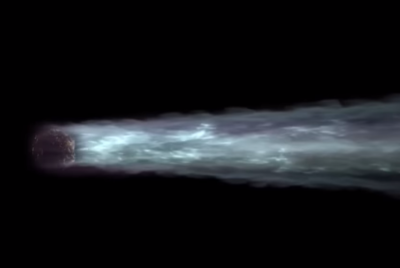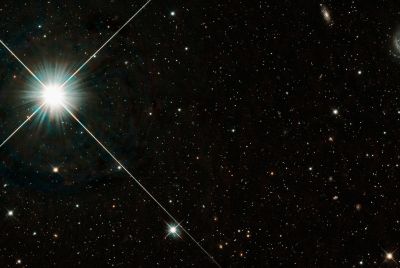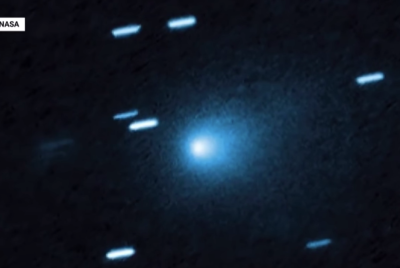ATLAS: What We Know About C/2025's Remarkable Journey
Tracking C/2025 K1: What ATLAS reveals about the comet's extraordinary journey through our solar system
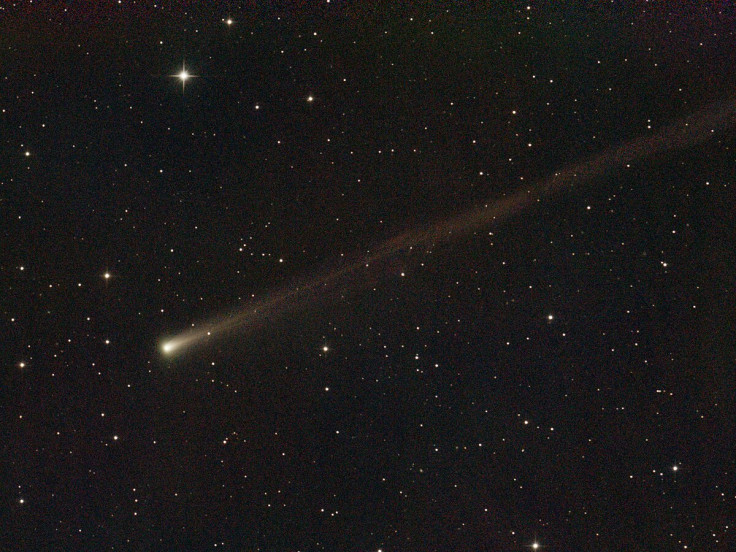
While the world's eyes were fixed on interstellar comet 3I/ATLAS and the vivid Comet Lemmon, another celestial traveller quietly stole the spotlight.
Discovered in May 2025 by the Asteroid Terrestrial-impact Last Alert System (ATLAS), C/2025 K1 was initially expected to disintegrate before completing its orbit. Instead, it defied all expectations — and transformed into the brilliant spectacle now known as ' the golden comet.'
A Comet That Refused to Die
C/2025 K1 reached its perihelion — its closest point to the Sun — on 8 October 2025, flying within just 50 million kilometres of the solar surface. That's roughly four times closer than 3I/ATLAS ever ventured.
Most scientists predicted the Sun's heat and gravity would tear apart the comet. Instead, it emerged intact, trailing a dazzling golden plume that astonished observers and challenged assumptions about cometary endurance.
Images shared by NASA's Centre for Near-Earth Object Studies (CNEOS) show that C/2025 K1 maintained structural coherence even after enduring extreme solar radiation.
A Rare Golden Glow
Comets typically appear green due to the presence of diatomic carbon and cyanide gases, which fluoresce in response to solar radiation. But C/2025 K1's golden hue suggests a different chemical composition. Scientists believe the comet may lack those common molecules, instead containing dust and metals that reflect sunlight in warmer tones.
New images captured by astrophotographer Dan Bartlett show the comet glowing with a golden shimmer, a phenomenon rarely seen in cometary bodies. Researchers are still analysing the spectral data to determine the exact cause of the colour shift.
The comet's survival and colour change have surprised astronomers, who now consider it one of the most visually unique comets in recent history.
How to See C/2025 K1
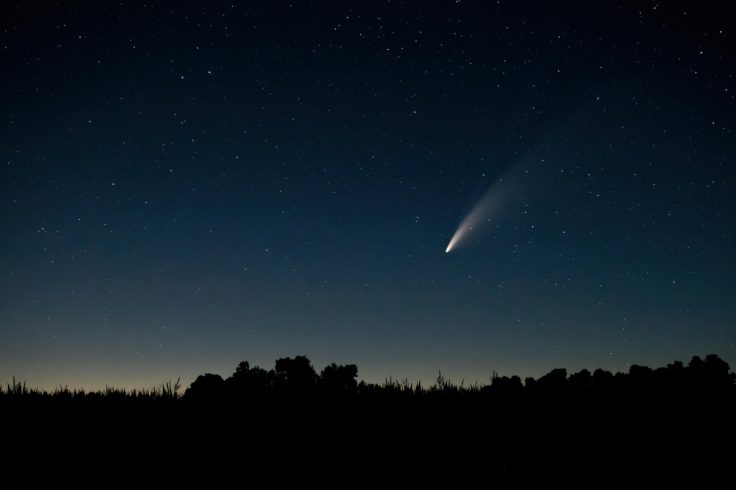
C/2025 K1 is currently visible in the Northern Hemisphere's pre-dawn sky. It will reach its closest approach to Earth on 25 November 2025, at a distance of approximately 0.40 AU — about 60 million kilometres. This proximity offers a rare opportunity for amateur and professional astronomers to observe the comet's golden glow. Sky-watchers and observatories are encouraged to capture the moment before the comet fades in early December.
To view the comet:
- Best time: Most visible just before dawn.
- Direction: Look east-northeast, low on the horizon.
- Equipment: A telescope or high-powered binoculars is recommended, as the comet's brightness may not be sufficient for the naked eye.
Why It Matters for Science
Beyond its visual appeal, C/2025 K1 offers valuable insights into the composition and behaviour of long-period comets.
Originating from the distant Oort Cloud, it carries primordial material from the early solar system. Its unexpected resilience and colour transformation could help scientists better understand the diversity of cometary chemistry and the effects of solar radiation on icy bodies.
The journey of this comet underscores the importance of continuous sky surveys, such as ATLAS, in monitoring fleeting objects and potential hazards. Even seemingly ordinary discoveries, like C/2025 K1, can turn out to be full of remarkable surprises.
C/2025 K1 will remain visible until early December, gradually fading as it moves away from Earth. Its golden glow may diminish over time, but its legacy as the comet that refused to die and dazzled the world in the process is firmly etched in astronomical lore.
For those eager to witness this rare spectacle, the coming weeks offer a fleeting window. Whether through a telescope or online observatory feed, C/2025 K1 invites us to look up and marvel at the unexpected beauty of the cosmos.
© Copyright IBTimes 2025. All rights reserved.











